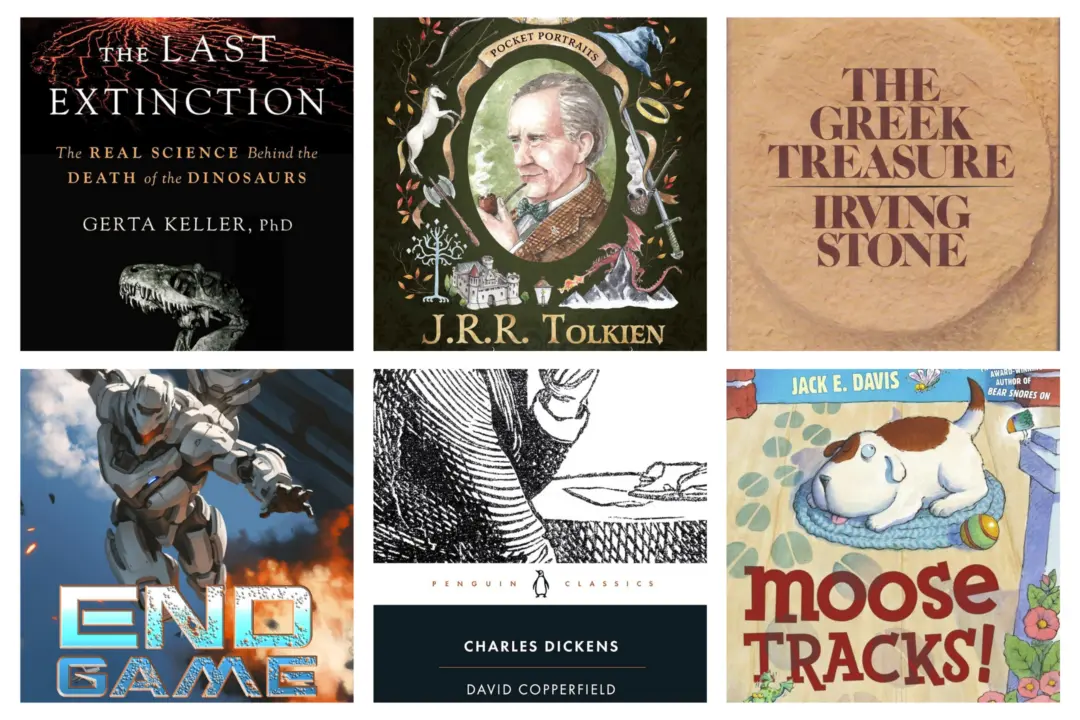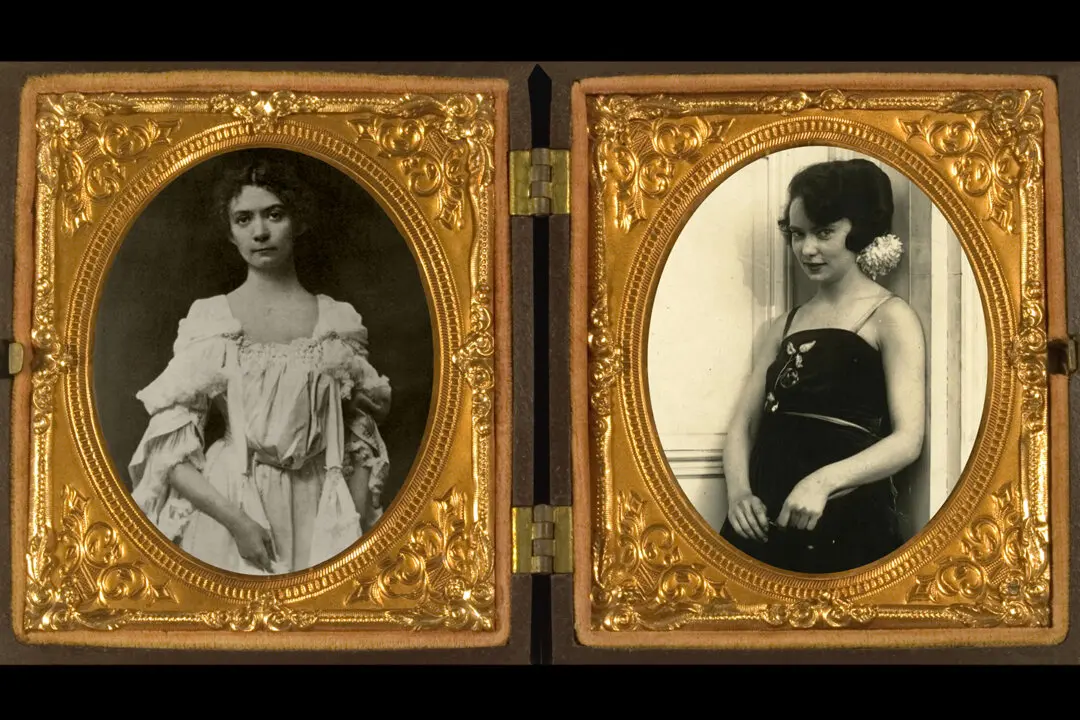The plot of the short story is simple.
Aylmer, a scientist, marries the beautiful Georgiana, whose face bears a small birthmark in the shape of a hand, as if “some fairy at her birth-hour had laid her tiny hand upon the infant’s cheek.” Though some of Georgiana’s suitors believe the mark enhances her beauty, once she and Aylmer are wed he finds he can only look at his wife with growing disgust.






